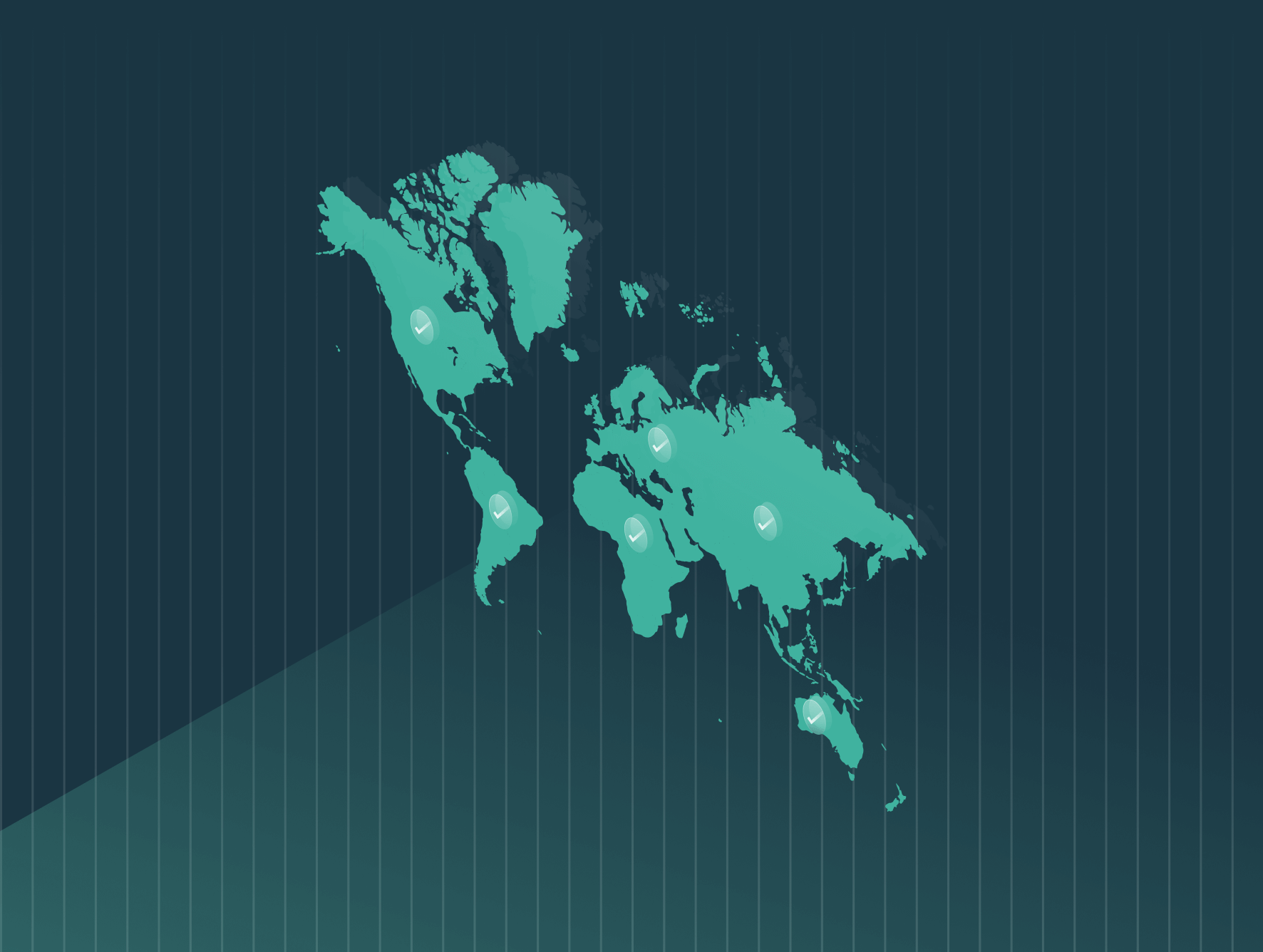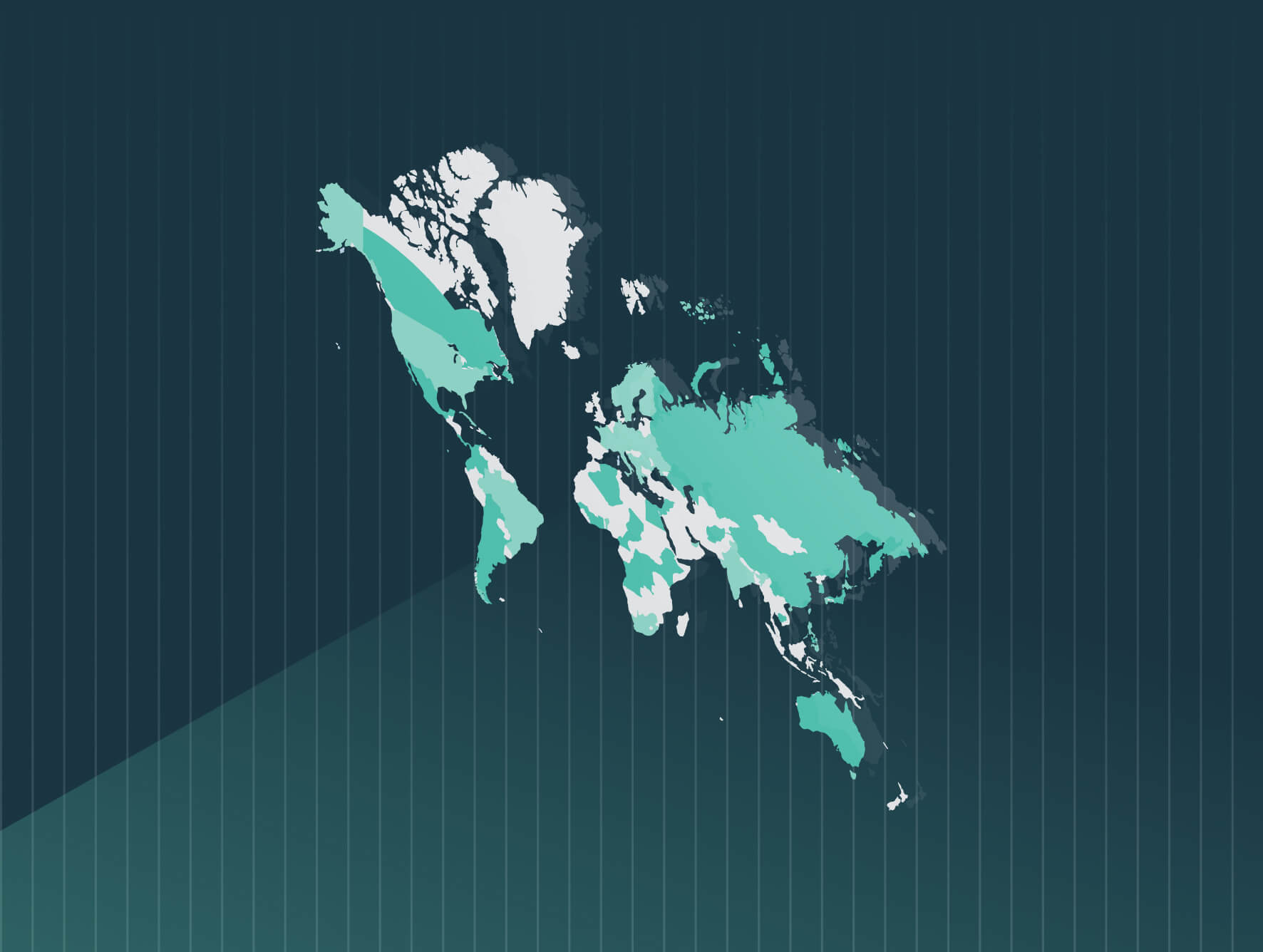“Watch out, it is coming.”
That’s what Equal Employment Opportunity Commission (EEOC) Commissioner Keith Sonderling recently told attendees at a DirectEmployers Annual Meeting in regards to EEO-1 Component 2 data reporting.
Sonderling’s statement confirms what has been brewing for some time now: The return of Component 2 in the annual EEO-1 survey is inevitable, and it’s time for employers to prepare.
Below we outline the EEOC’s latest goals around pay equity and how employers can ensure compliance with future pay data reporting requirements.
Each year, the EEOC collects information from employers via EEO-1 reporting. Component 1 requires employers with more than 100 employees to report demographic data on employees broken down by gender, race/ethnicity, and job category.
Between 2016 and 2018, another rule – known as Component 2 – required employers to also report snapshots of their employee pay data. This included worker income information broken down by gender, race/ethnicity, and job category, in addition to individual compensation data. The requirement was short-lived, as EEOC officials under the Trump administration questioned its usefulness before ultimately reversing it.
However, now under the Biden administration, the EEOC has renewed pay equity as a priority. In April 2022, the agency released an Equity Action Plan. The plan outlines goals that tackle systemic discrimination, advance equity, and better serve members of vulnerable and underserved communities.
One goal of the equity plan is to improve data collection and reporting, which includes a pay data reporting analysis. Following this analysis, additional pay data goals should be forthcoming. Employers should note the revived Component 2 requirement may look different than it did before.
To further demonstrate the need for employer pay information, and its use, other agencies are vocalizing interest.
Last year, the Office of Federal Contract Compliance Programs (OFCCP) began using EEO-1 Component 2 pay data for pay equity enforcement. In a formal notice, the agency said it plans “to evaluate the data’s utility because the joint collection and analysis of compensation data could improve OFCCP’s ability to efficiently and effectively investigate potential pay discrimination.”
Pay data reporting is proving to be key when it comes to ending wage discrimination in the workplace. States such as California are demonstrating the value of pay data collection.
With the return of EEO-1 Component 2 reporting imminent, employers must respond quickly.
Now is the time to conduct a pay equity audit so that you can understand your organization’s pay practices. Performing this analysis in a proactive manner provides a chance to identify any illegal pay disparities and rectify them before reporting time rolls around. And with more rigorous pay data reporting on the horizon in legislation like California’s SB 1162, the writing is on the wall.
Consider working with a diversity, equity, and inclusion (DEI) expert like Trusaic to achieve your organization’s pay equity goals. Our comprehensive pay equity monitoring solution, PayParity has the tools to help you get started and stay on track.








